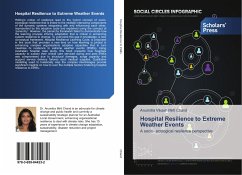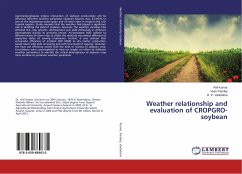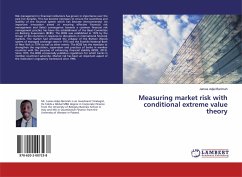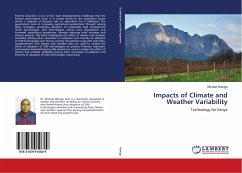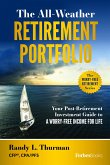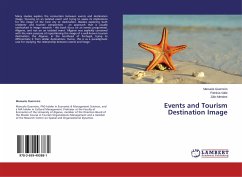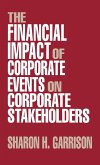Holling's notion of resilience lead to the hybrid concept of socio-ecological resilience that is linked to the multiple interacting components of the dynamic systems integrating with and influencing each other, represented by the adaptive cycle and explained using the concept of 'panarchy'. However, the panarchy framework failed to demonstrate how the learning process informs adaptation that is critical in enhancing system resilience to change. To overcome this gap in knowledge, a new conceptual framework, Hospital Resilience Learning Cycle, is proposed in this book that provides a new lens on how learning is pivotal in enhancing complex organisations adaptive capacities that in turn maximise its resilience to extreme weather events (EWEs). Using Australian hospital case study, this book presents how hospitals capacity to sustain their critical care services during and post EWEs was compromised due to structural damages, surge capacity and support service delivery failures such medical supplies. Qualitative modelling used to holistically map the complex interlinkages provide significant insights on how to over the multiple factors hindering hospital resilience to EWEs.
Bitte wählen Sie Ihr Anliegen aus.
Rechnungen
Retourenschein anfordern
Bestellstatus
Storno

